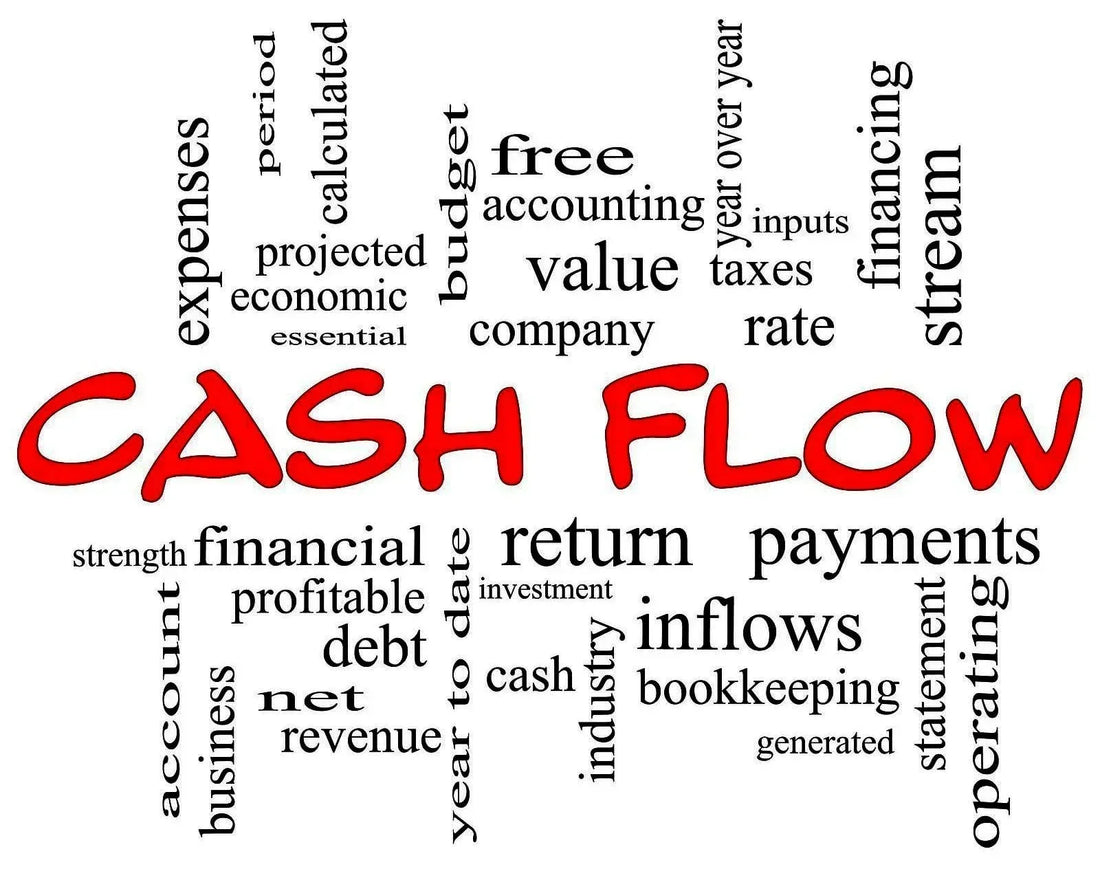Cash flow is the lifeblood of real estate investing, determining profitability, risk, and long-term success. Whether you're a seasoned investor or just starting, understanding how to calculate, analyze, and optimize cash flow can make or break your investment. Discover essential strategies to maximize returns and build a thriving real estate portfolio.
What Is Real Estate Cash Flow
Cash flow is crucial for investors as it dictates their ability to cover costs, pay off loans, and reinvest in other opportunities. A healthy cash flow can also enhance the investor's credibility with lenders, making financing future projects easier to obtain.
Moreover, there exists a solid relationship between cash flow and property value. Properties that generate consistent and robust cash flow are often valued higher, as they reflect reduced risk and offer a steady return on investment.
- How Does Mortgage Pre Approval Work in Canada?
- The Benefits of Green Mortgages
- What is the most modern BTR?
- 7 benefits of investing in housing with Naviliving

How to Calculate Cash Flow in Real Estate
Basic Formula for Calculating Cash Flow
Understanding cash flow begins with a straightforward calculation:
- Gross Income: This includes all revenue from the property, such as rent, service fees, and utilities.
- Operating Expenses: These are the costs associated with maintaining and managing the property, including repairs, property management fees, insurance, and property taxes.
- Net Operating Income (NOI): This is the profit before debt service, calculated as:
NOI = Gross\ Income - Operating\ Expenses
- Debt Service: This refers to the total loan repayment that includes both the principal and the interest.
- Cash Flow Before Tax (CFBT): This is the cash available before taxes, calculated using:
CFBT = NOI - Debt\ Service
Example Calculation of Cash Flow
Let’s take a practical example to illustrate:
|
Item |
Amount ($) |
|
Gross Income |
120,000 |
|
Operating Expenses |
50,000 |
|
Net Operating Income (NOI) |
70,000 |
|
Debt Service (Principal + Interest) |
40,000 |
|
Cash Flow Before Tax (CFBT) |
30,000 |
In this example, the property generates a cash flow of $30,000 before taxes, indicating a profitable investment.

Types of Cash Flow in Real Estate Investment
Positive Cash Flow: This occurs when income exceeds all expenses, signaling a financially healthy investment.
Negative Cash Flow: In contrast, this situation arises when expenses surpass income, leading to a loss that could eventually jeopardize the investment's viability.
Break-even Cash Flow: This situation occurs when income just covers all associated costs, placing the investment in a neutral position.
The Importance of Cash Flow in Investment Analysis
Analyzing cash flow is vital for numerous reasons. First and foremost, it directly impacts property valuation and loan eligibility. Properties that yield strong cash flow often attract better financing terms due to the lower perceived risk.
Furthermore, understanding cash flow provides insights into the differences between cash flow and appreciation. Investors often weigh the immediate income generation against the potential for property value growth, determining their overall investment strategy.
Lastly, cash flow influences long-term returns and guides buy/sell decisions. A continual analysis ensures that investment choices align with financial goals, ultimately enhancing overall performance and return on investment.
Strategies to Optimize Cash Flow in Real Estate Investment
Increasing Income
- Adjusting Rental Rates: Regularly reviewing and adjusting rental prices to match market value can significantly enhance income.
- Utilizing Underused Space: Finding innovative ways to generate revenue from underused areas—such as renting billboard space or offering parking fees—can provide unexpected income streams.
- Value-Added Services: Introducing new amenities or services, such as fitness centers or enhanced property management, can attract tenants willing to pay higher rents.
Reducing Operating Expenses
Negotiating Contracts: It pays to negotiate maintenance and property management contracts to secure better terms.
Leveraging Technology: Using property management software can streamline operations, saving both time and money.
Routine Inspections: Controlling utility and maintenance costs through regular inspections can identify issues before they require costly repairs.
Managing Debt Efficiently
Selecting the Right Loan Structure: Choosing a loan that aligns with cash flow needs can ease financial pressures.
Timing for Refinancing: Keeping an eye on interest rates may provide opportunities to refinance at a lower rate, reducing overall debt service costs.
Adjusting Financial Strategies: Staying flexible with financial strategies can ensure sustained cash flow, even in changing market conditions.
Conclusion
Monitoring and optimizing cash flow is critical for any real estate investor seeking long-term success. Utilizing various tools and strategies can assist investors in effectively managing their cash flow and maximizing profitability.
Explore investment opportunities at NaviLiving.com to begin your journey toward successful real estate investing.




